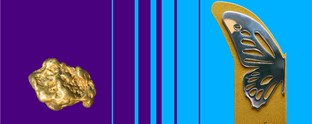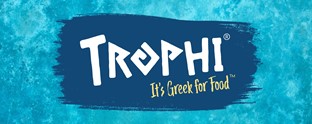Five minutes with Mike Nolan

Mike Nolan, CEO of Product of the Year, is a brand expert with an eye on emerging consumer trends and behaviours. He discusses brand reputation and loyalty in the digital age
How can a brand recover from a wave of bad or fake reviews?
Reviews rely on trust. We’re all taking a leap of faith when accepting anyone’s opinion on a product we’ve yet to try. However, many of us are now adept at spotting robotic sounding comments that sound disingenuous. There’s a gut feeling we get when reading a review that doesn’t quite add up.
With this in mind, the onus is on brands to be as honest and transparent as possible. And for any brand facing a backlash against fake reviews, the best possible response is to hold your hands up and admit fault – all while demonstrating a commitment to finding a solution. Honesty is the key to overcoming most brand crises. Consumers can forgive mistakes but they might not tolerate dishonesty.
How does a brand become a leader in innovation?
When it comes to innovation, size matters. Small businesses find it easier to take risks because they have lower overheads and often a more ‘challenger’ sensibility. Maverick, confident and with a desire to stand out and be different – those brands that succeed, spot a need that has yet to be filled by another product. The best small brands effectively gauge the market and offer something unique.
Big companies have to work much harder. They innovate by making incremental changes to products that touch the lives of people every single day. These new iterations might not seem groundbreaking or glamorous but they are making the lives of their customers easier. When laundry detergents began combining fabric conditioners into one small capsule it instantly made the experience of washing laundry easier, quicker and with less mess. It’s often these small but meaningful changes that help sustain a brand’s relevancy to consumers.
What are some of the most established consumer trends and behaviours right now?
One of the greatest shifts in consumer behaviour is the disruption of the linear flow of the working day. Outdated visions of the nuclear family and the accompanying routines have changed for good and products increasingly reflect this. With the arrival of the internet came a shift in our working patterns becoming more flexible. And products are reflecting this. The breakfast cereal at the kitchen table became a breakfast snack for those on-the-go and we’re now seeing those snacks evolve to become anytime treats.
Brands have understood that people work with differing time frames. Take a recent Product of the Year (USA) winner, Nightfood. The innovative ice cream brand took a consumer insight, that people like to eat ice cream at night, and with a smart piece of innovation, ‘solved’ the problem by introducing sleep-friendly ingredients such as lavender. A great example of a brand diversifying to meet a need and resolve an ongoing consumer dilemma.
What are the biggest challenges to brand trust and loyalty?
Loyalty is earned when brands define their core principles and stick to them. As long as there’s brand consistency, customers will remain loyal whether or not they like each new product launch. Brand promiscuity tends to be less common than product promiscuity. Good brands have a clear vision and messaging underpinning every new product release.
Drink mixer company Fever Tree is an example of a drink that has developed significant loyalty among consumers, when it introduced a new kind of premium tonic water with natural quinine. Fever Tree has remained loyal to its principle of a premium, natural mixer drink with tweaks being made to the product, not the brand itself.
For more from Transform magazine, sign up for the Transform newsletter here and follow us on Twitter @Transformsays.












